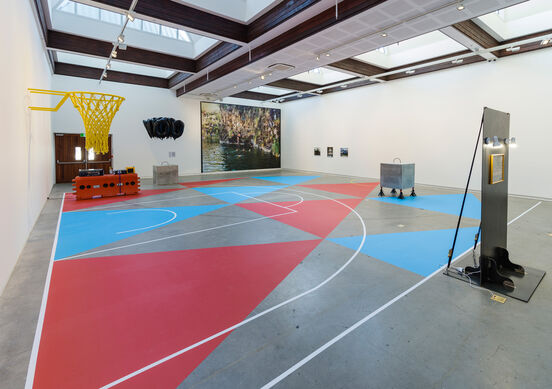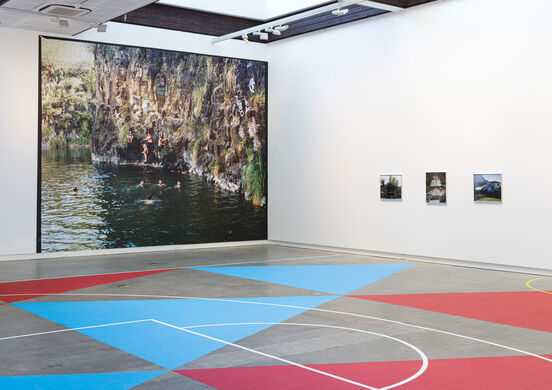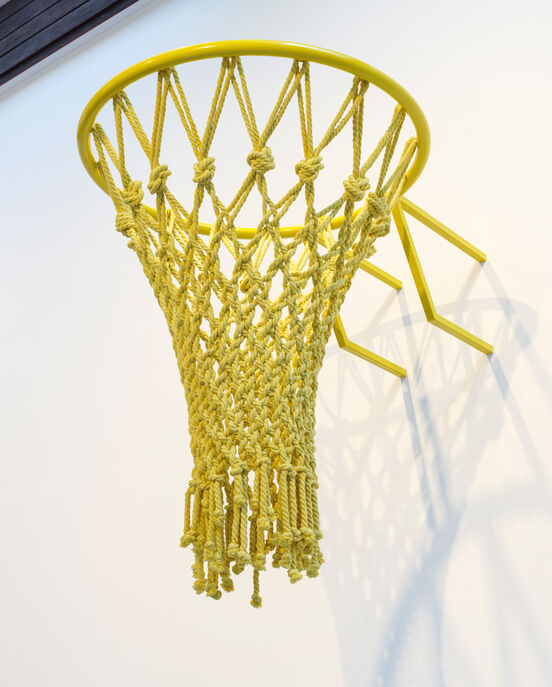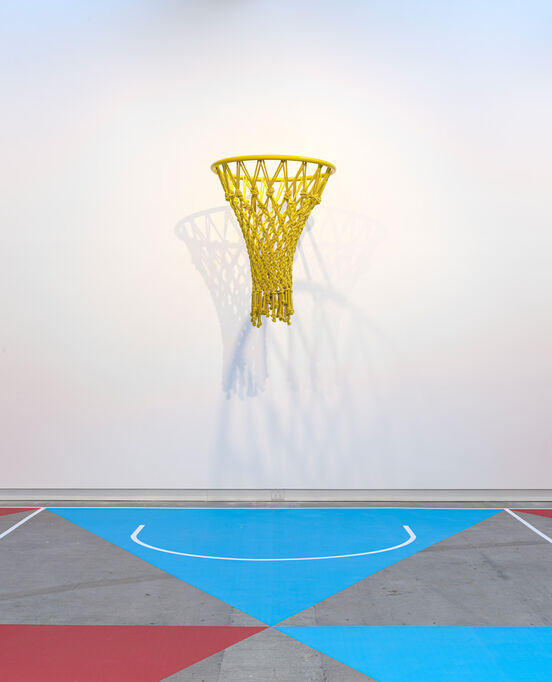-
Author
Rebecca Kiddle -
Date
8 Feb 2022
Essay
Toro Whakaara: ĀKAU
Hostility has underpinned many of the Crown’s interactions with Māori since Te Tiriti o Waitangi was signed in 1840. This hostility has taken overt forms – the New Zealand Wars between the 1840s and the 1870s – and more obscure manifestations of ‘slow violence’, to use a phrase coined by Rob Nixon. This latter type of lethargic hostility, wrote Nixon in a 2011 book, occurs ‘gradually and out of sight, a violence of delayed destruction that is dispersed across time and space, an attritional violence that is typically not viewed as violence at all’.
Furthermore, in the Aotearoa context one might argue that slow violence has often been couched in a trope, policy or social norm purported to be of benefit to Māori communities. Take for example the post-World War II policy of pepperpotting Māori whānau throughout urban settlements aimed at assimilating Māori to a Pākehā way of life. Similarly, Māori were given housing suitable to nuclear family structures that constrained intergenerational living arrangements traditionally found in Māori society. These particular forms of hostile architecture worked to fundamentally break down Māori cultural values, connection and knowledge of reo and tikanga. Conversely, and often in resistance to the ongoing slow violence experienced by Māori communities, the work of ĀKAU might be termed an ‘architecture of manaaki (hospitality)’. It is an architecture whose whakapapa is rooted in good and ethical process that gives agency – oft-understood as tino rangatiratanga – to those who architecture generally ignores. ĀKAU’s work, the antithesis of a hostile architectural approach, sometimes gently, sometimes loudly subverts architectural acts that restrict or contrive behaviour in ways that are often rooted in Western norms and value sets.
This process-driven approach is no more obvious than in their project Te Reo Māori on the Streets. ĀKAU kaimahi worked in collaboration with Te Kura Kaupapa Māori o Kaikohe to realise Te Reo Māori on the Streets. The taitamariki wanted to see their reo prominent in their local town in a way that has yet to be seen elsewhere in Aotearoa. The young people also wanted to beautify their town, filling it with colour and mahi toi. The fruits of this labour are seen in a series of murals that adorn key shopfronts. Somewhat ironically given the project’s desire to include and draw in groups that tend to have little agency in design processes, this act of reo reclamation and normalisation through design was seen by some as a hostile act, abutting mainstream norms that continue to privilege the English language and power relations that retain urban decision-making in the hands of a few.
For Toro Whakaara, ĀKAU has moved to spread their process and te reo Māori further afield. This will involve collaborating with young people in a community in Ōtautahi Christchurch. At present, ĀKAU is working with local iwi and stakeholders to identify a site that enables a process of inclusion. Ultimately the project aims to promote tino rangatiratanga for young Māori for whom mainstream architectural practice continues to be hostile.
ĀKAU waiata
Na mātou o ĀKAU
Anei mātou o ĀKAU e whakaāhua
i ngā mahi ataahua
O ngā taitamariki mō te
whānau whānui e.
Waihangatia te here tangata
I tauira mai e te akauroa
I tutaki te wai ki te whenua
Tiheiwa mauri ora
Komirihia whakatairangatia
Ngā taonga tuku iho mai rāno
Hei oranga hinengaro
Oranga wairua e.
Waihangatia te here tangata
I tauira mai e te akauroa
I tutaki te wai ki te whenua
Tihei wa mauri ora.
We are ĀKAU.
We bring to light and life
the design of young people
for everyone to see.
Creating connection between
people, spaces and places, like the
joining of the ocean and the land.
Shape, mould and celebrate
creativity as the gift it is!
Passed down through generations,
fostering holistic well-being of the
mind and the spirit.
--
Based in Te Taitokerau and Tāmaki Makaurau, ĀKAU provides creative opportunities for kaiako, schools and community organisations. They enhance education by captivating, inspiring and building skills with taitamariki through engaging in the ĀKAU design process. They awhi organisations by using a creative process to help conceptualise ideas, needs and aspirations with whānau for community projects.
Dr Rebecca Kiddle (Ngāti Porou, Ngāpuhi) is Head of Urban Development at Hutt City Council. Her work considers decolonising Aotearoa New Zealand cities, Indigenous place identities, Māori housing and urban design, rangatahi (youth) involvement in built environment decision-making, and the politics of the production of place.
--
This text is republished from Toro Whakaara: Responses to our built environment, a publication produced by Objectspace to accompany an exhibition of the same name. The publication is edited by Tessa Forde, and copy-edited by Anna Hodge.

(above and below) Installation views of ĀKAU's Kaikohe basketball court in Toro Whakaara at CoCA Toi Moroki. Photographs by John Collie.


(above and below) Ruth Woodbury (Lead Designer), Kaikohekohe ĀKAU whānau, Catherine Griffiths, TaKaro KupeNga, 2021 in Toro Whakaara at CoCA Toi Moroki. Photograph by John Collie.
